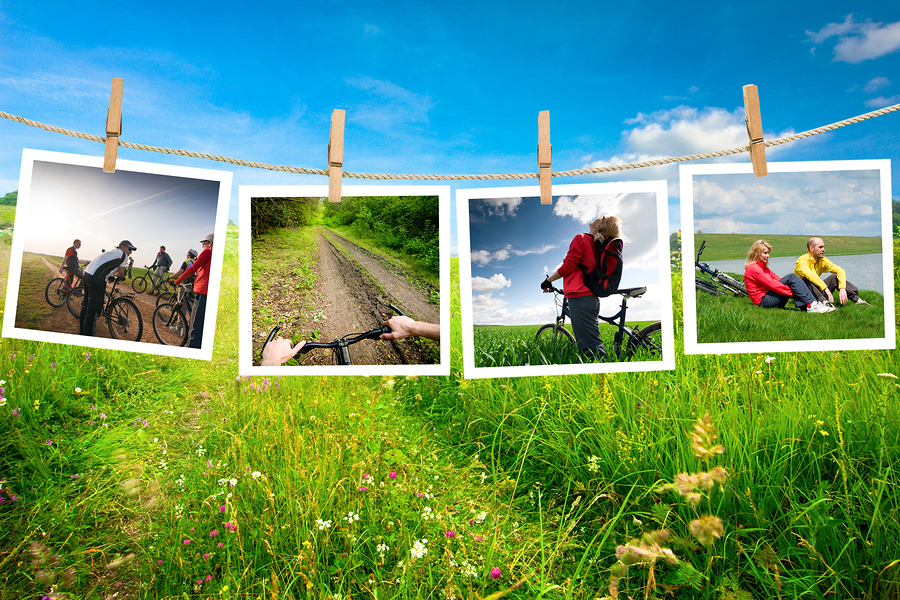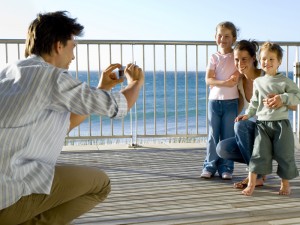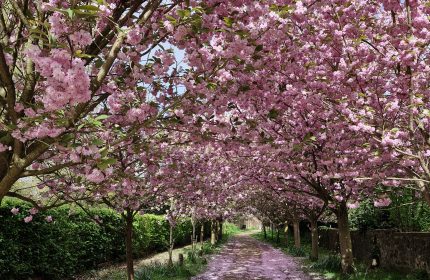Picture this … the art of great photographs
Capturing special moments on camera effectively is the mark of a great photographer.
But whether you’re snapping the Queen or your grandchildren, on the latest high-spec SLR or your mobile phone, the skills you’ll need to get a great shot are the same.
Here are some tips from a selection of Britain’s top photographers. From former British Press Photographer of the Year Stefan Rousseau to celebrity snapper Simon Clemenger and leading entertainment and social photographer Duncan Raban.
:: FAMILY PORTRAITS WITH A DIFFERENCE
Duncan Raban has been snapping the rich and famous for 25 years, rubbing shoulders with everyone from Princess Diana to Madonna and Freddie Mercury.
In recent years he’s turned his attention from beautiful people to shots of everyday life, which can be just as impressive, he says.
“I think most portraits taken of people do not really capture their true soul and spirit, the twinkle in their eye. I take pleasure in making people laugh and capturing their personality,” he says.
It’s easy to forget that small moments in life are worth celebrating, and that’s where Duncan comes in. “When did you last take a picture of your mum, your grandparents or even your best friend?” he asks.
“I regret the fact that I have very few ‘real life’ photographs of my parents – of them doing ordinary, everyday things that everyone does daily
“Things that you generally wouldn’t consider taking photos of can often be the best treasures – reading a paper, coffee with friends, ironing, making a phone call, hugging each other, laughing, eating breakfast or just driving the car.”
So how do you take the perfect picture of your loved ones? Get them giggling, says Duncan. “I find that pictures where people are truly laughing are often the best,” he says. “To do this I try and disengage people and make them forget that the camera is even there.
“Make them do things that they wouldn’t normally do, for example playing aeroplanes or even just holding a cup of tea. Some of the pictures might look silly, but they’ll hopefully put a smile on your face.”
If you want special pictures, it’s crucial to make people feel special, adds Duncan. “A few months back, I was in a multi-storey car park and I was thinking how dull it must be manning the ticket kiosk, yet the attendant was still so pleasant. I felt a bit sorry for him, having to sit there day after day. So I decided to take some photos of him.
“I made him come out of the kiosk and stretch his arms and shout at the top of his lungs how much he loves NCP car parks. I gave him a few prints and he was in hysterics and was so thankful, it was great.”
:: YOUR CAMERA IS YOUR BEST FRIEND
Taking photos like a professional means thinking like one, and according to Duncan, that means getting intimate with your apparatus. “Your camera should be like a pen or knife or fork,” says Duncan.
“Used regularly every day, it should become an added appendage – an accessory to life. When you write a note or eat your dinner, you’re not constantly thinking about how you are holding your pen or knife and fork, you become unconscious of the object and this is how your relationship with your camera should be.”
The easiest way to make your camera your new best friend is just take it everywhere with you. When you’re packing your bag in the morning, throw your camera in.
“Carry your camera everywhere you go for a month,” says Duncan. “You will soon become much more confident and comfortable with it, like an artist with a brush.”
:: CAPTURING THE MOMENT
Former British Press Photographer of the Year Stefan Rousseau has made a career out of
getting that crucial shot – like when Gordon Brown, as Prime Minister, appeared to be snoozing in front of the United Nations Security Council in New York.
Stefan specialises in political photography and has accompanied several Prime Ministers on their world travels. Wherever he goes, he’s always ready for that once-in-a-lifetime photo.
“News only happens once and if you don’t get the shot, you’ve missed your chance,” he says. “But that makes the sense of achievement so much greater when you do. The buzz is immense.”
Stefan says it was a steep learning curve from photography lessons at school to taking photos that run in national newspapers. He remembers his first job, which was taking pictures of England cricket star Graham Gooch after he’d broken his finger.
“I politely held back, waiting to ask permission to photograph his finger, but my colleague just started snapping. That’s when I learnt: Photos first, ask later!”
:: IMPROVE YOUR HOLIDAY SNAPS
Fashion photographer Simon Clemenger has shot many a model on the beaches of Miami, South Africa and Rio, as well as in the Hollywood hills. But however big his celebrity subject, he still has to grapple with the elements.
“Once we were in a park and the dappled light coming through the trees was a real problem. The model would be in shade one minute and then the sun would be on the face, so I had to deal with the glare,” he says.
“The sun was going in and out behind clouds, so in the end I waited until it was lower down in the sky, because that gives everything a much nicer light.”
One of the golden rules of taking pictures outside is never shoot into the sun, but Simon says rules are meant to be broken. “I sometimes put people with their back to the sun and use fill-in flash on the face and shoot into the sun,” he says. “The flash makes the sky darker and stops the face being in shadow.”
When it comes to choosing backgrounds for your shot, it’s all about colour. “I like using blocks of colour in my photos, and obviously the sea is very beautiful with all its different colours. Then I tend to go quite simple and make the background out of focus.”
If you’re shooting someone in front of scenery like the sea, where there’s a sharp horizon, make sure it doesn’t chop the subject in half.
“If the horizon rests at someone’s neck, it’s not going to look very good, but if you’re doing a close up, it does look good if the horizon’s at the same level as their eyes,” says Simon.
Taking photos under a bright parasol on the beach can add a warm glow to the picture – and look for texture in the background, like an interesting plant or wall.
Finally, remember that the best times of the day for the light are after sunrise and just before sunset.
Latest posts by Sally - Silversurfer's Editor (see all)
- Should smacking a child be banned in England and Northern Ireland? - April 17, 2024
- Enjoy the best of the UK on a Shearings coach holiday - April 17, 2024
- Blueberry & Lemon Curd Bread and Butter Pudding - April 16, 2024
- Navigating the World with What3Words: A Lifeline for Older Generations - April 15, 2024
- Parsley Box – Bringing you time for the things you love! - April 12, 2024






















